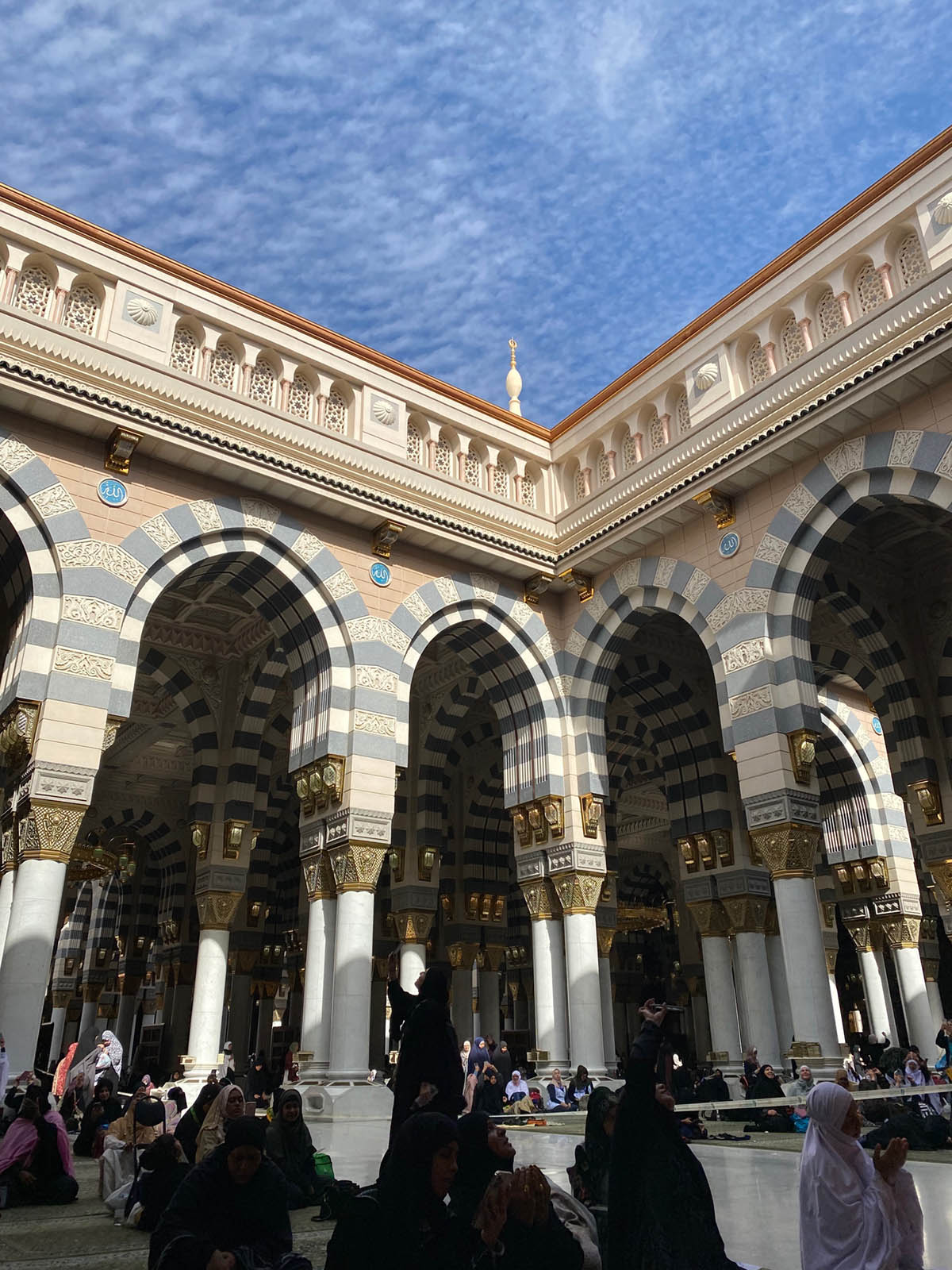PILGRIMAGE TO MECCA
In the winter of my sophomore year, I had the opportunity to perform Umrah, a pilgrimage to Mecca in Saudi Arabia. It was an experience that changed me in ways I never anticipated. Before going, I had only heard about how meaningful this journey was for others. But standing in Mecca myself, I truly felt its transformative power.
I also visited Medina, the second holiest city in Islam. It is where the Prophet Mohammed is buried.
Mecca is the holiest city in Islam, located in the Hejazi region of Saudi Arabia, and it’s where the Kaaba, the most sacred site in Islam, stands. Unlike the Hajj pilgrimage, which takes place at a specific time each year, Umrah can be performed at any time. The purpose is to purify one’s heart, seek spiritual renewal, and draw closer to God. It’s a deeply personal journey, and yet, it’s also a collective one—millions of Muslims worldwide make this pilgrimage each year.
What struck me most was the sheer diversity of the pilgrims, who were men, women, and children from all corners of the world, from all skin colors, rich and poor, all standing together for the daily prayers. Everyone stood side by side, gathered for the daily prayers. It didn’t matter who you were or where you came from—everyone was there for the same reason: to connect with the divine.
One of the most powerful moments for me was visiting the Rawda, where the Prophet Muhammad is buried, in the city of Medina. I remember feeling immense gratitude and awe, and my eyes filled with tears—not out of sadness but out of a deep sense of connection and peace.
This pilgrimage wasn’t just a religious obligation for me; it was a life-changing experience that reshaped how I think about faith, purpose, and our shared humanity. While my spiritual beliefs are grounded in Islam, I left Mecca with a renewed understanding of the universal need for reflection, compassion, and connection—things that transcend any single tradition.






